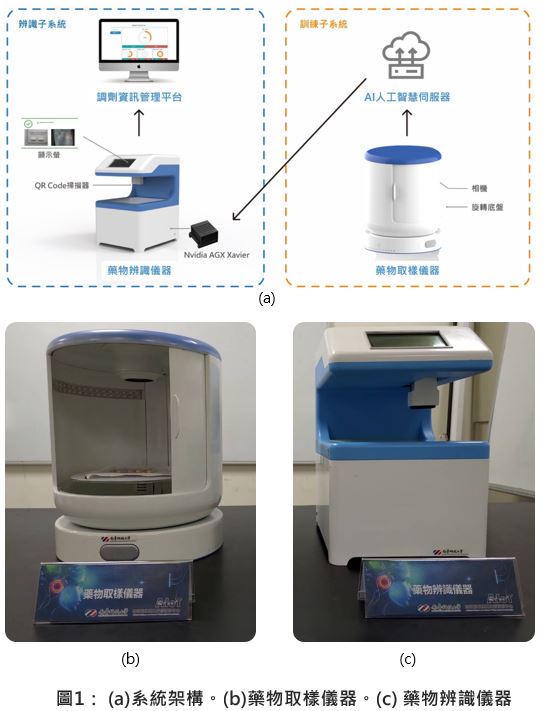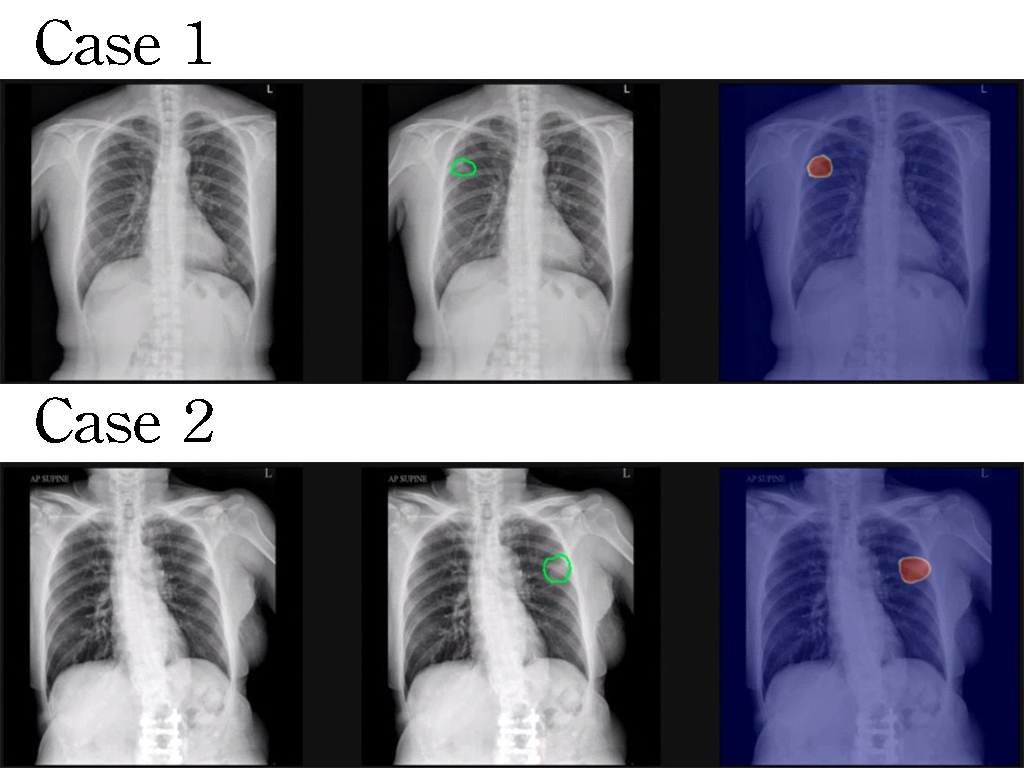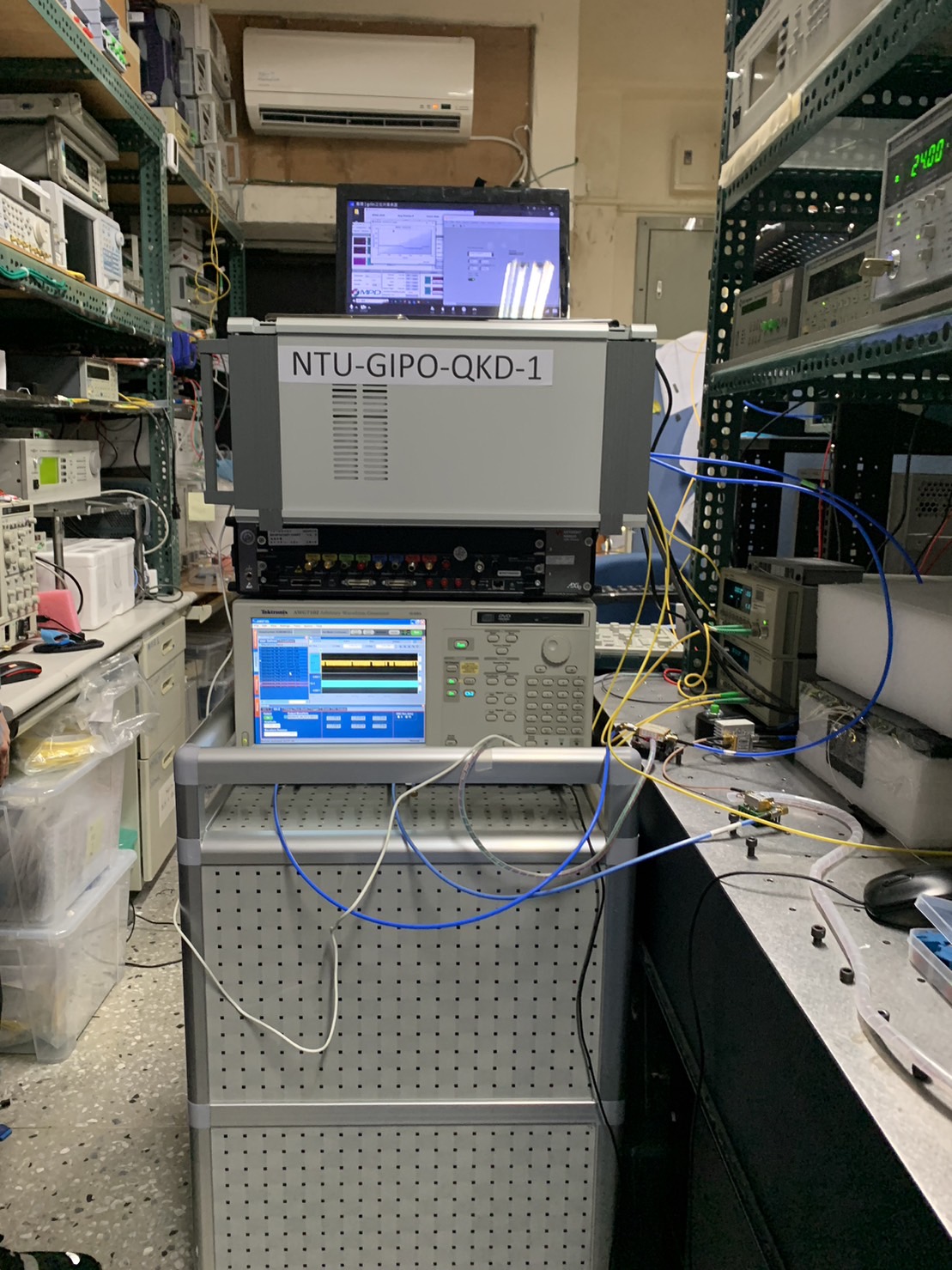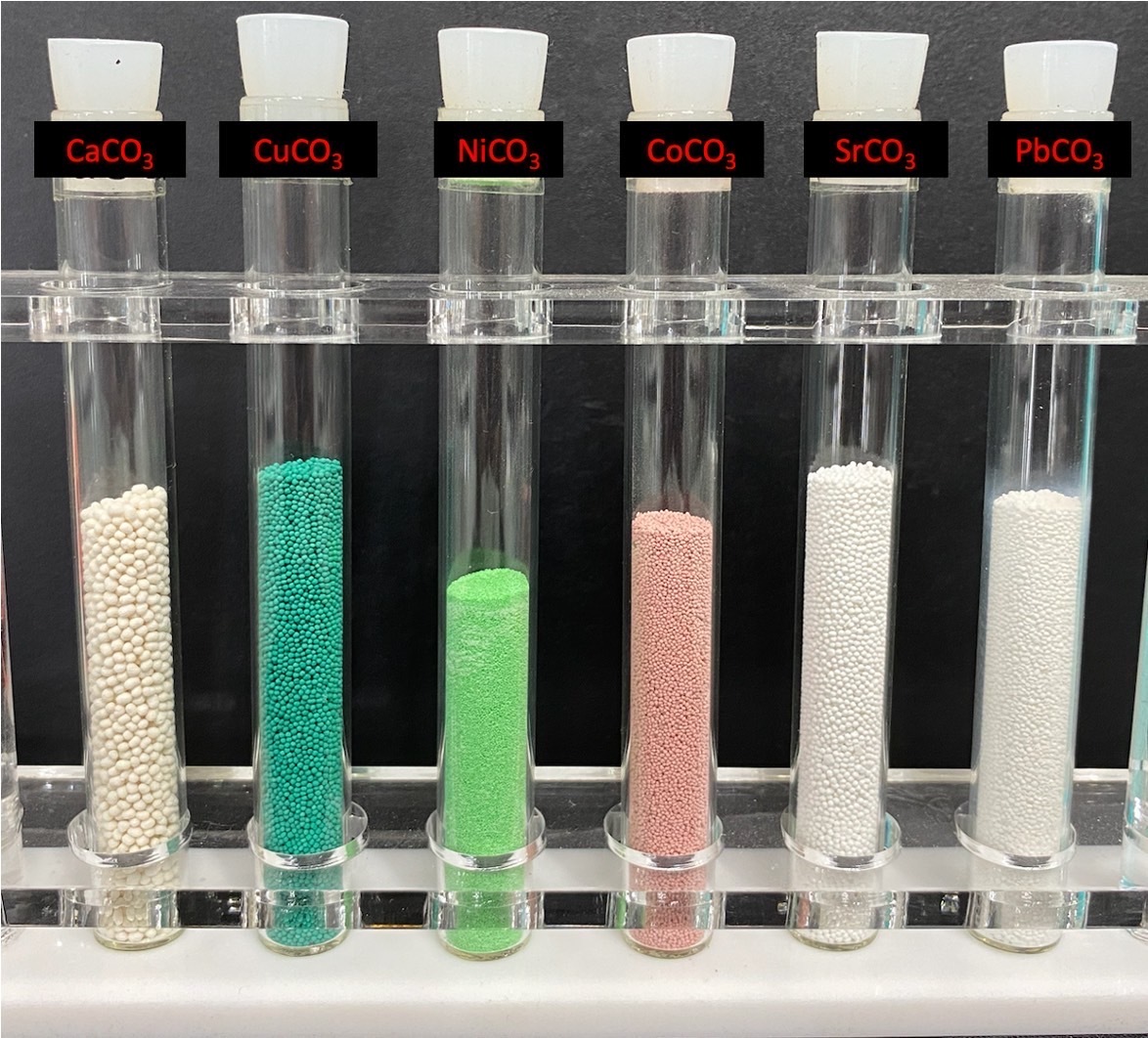| Technical Name | Fabrication of high-capacity and high-safety lithium half-cells and pouch cells achieved through the integrated development of negative electrode materials, protective interlayers, and electrolyte systems. | ||
|---|---|---|---|
| Project Operator | NTHU-ChE | ||
| Project Host | 胡啟章 | ||
| Summary | The closed-pore structure can be tuned by carbonization temperature, enabling a reversible low-potential plateau that boosts lithium-ion battery capacity while maintaining cycling stability. Electrospun PAN protective layers, optimized via the electrospinning voltage control, improve the lithium-ion transport and deposit uniformity. The high-entropy ionic liquid shows excellent compatibility with NMC811 and Si–C electrodes, significantly enhancing the battery safety. The performance of these materials can be evaluated in the small pouch cell. |
||
| Scientific Breakthrough | Through the structural design of hard carbon precursors, a reversible lithium-ion storage capacity of 680 mAh/g was achieved. The electrospun protective layer enabled the lithium deposit thickness close to the theoretical values after variable electroplating periods, leading the precise control of the area capacity of lithium metal deposits. Meanwhile, the high-entropy ionic liquid enhanced the battery safety without sacrificing the capacity or cycle life. The 1 Ah pouch-cell platform validates the practical applicability of these combined innovations. Dual prelithiated silicon oxide (SiOx) materials can achieve an initial coulombic efficiency exceeding 96% and a specific capacity of 1600 mAh g⁻¹, enabling the use of fully SiOx-based negati |
||
| Industrial Applicability | Li-ion batteries of the next generation, high-performance Na-ion batteries, Li-ion capacitors, and Na-ion capacitors for the battery back unit (BBU) in the AI servers. |
||
- Contact
- Hsin-Yu Wan
- wan@mx.nthu.edu.tw
other people also saw















